Police Quest is a series of police simulation video games produced and published by Sierra On-Line between 1987 and 1998. The first five were adventure simulation games, the first three of which were designed by former police officer Jim Walls. The fourth to sixth titles were designed by former LAPD Chief Daryl F. Gates. Both SWAT and the real-time tactics game SWAT 2 still carried the Police Quest name and were numbered V and VI in the series, respectively, although subsequent titles in the series would drop the Police Quest title altogether and were rebranded as SWAT.
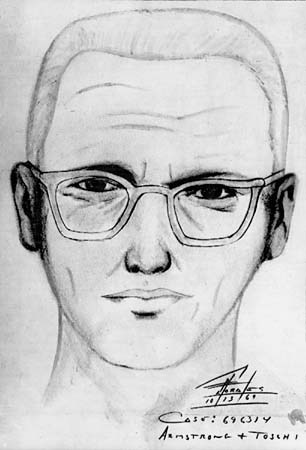
The Zodiac Killer is the pseudonym of an unidentified serial killer who operated in Northern California in the late 1960s. The Zodiac murdered five known victims in the San Francisco Bay Area between December 1968 and October 1969, operating in rural, urban and suburban settings. He targeted three young couples and a lone male cab driver. The case has been described as "arguably the most famous unsolved murder case in American history", and has become both a fixture of popular culture and a focus for efforts by amateur detectives.
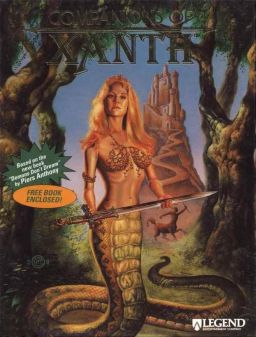
Companions of Xanth is an adventure game published in 1993 by Legend Entertainment.
A cold case is a crime, or a suspected crime, that has not yet been fully resolved and is not the subject of a current criminal investigation, but for which new information could emerge from new witness testimony, re-examined archives, new or retained material evidence, or fresh activities of a suspect. New technological methods developed after the crime was committed can be used on the surviving evidence for analysis often with conclusive results.

Sherlock Holmes: Consulting Detective is a full-motion video game released in 1991. It is based on a tabletop game-gamebook hybrid of the same name first published in 1981, and features the fictional detective Sherlock Holmes, created by Arthur Conan Doyle.

The San Francisco Police Department (SFPD) is the municipal law enforcement agency of the City and County of San Francisco, as well as the San Francisco International Airport in San Mateo County. In 2000, the SFPD was the 11th largest police department in the United States.

Police Quest: Open Season is a 1993 police procedural point-and-click adventure video game developed and published by Sierra On-Line. It is the fourth installment in the Police Quest series. Departing from the fictional setting of Lytton, California from the first three installments, Open Season follows police detective John Carey as he investigates a series of brutal murders in Los Angeles.

Pipe Mania is a puzzle video game developed by The Assembly Line for the Amiga and published in 1989. It was ported to several other platforms by Lucasfilm Games as Pipe Dream; the company distributed the game in the US. The player must connect randomly appearing pieces of pipe on a grid to a given length within a limited time.

Centurion: Defender of Rome is a turn-based strategy video game with real-time battle sequences, designed by Kellyn Beck and Bits of Magic and published by Electronic Arts. Originally released for MS-DOS in 1990, the game was later ported to the Amiga and the Sega Genesis in 1991. Centurion shares much of the concept and feel with Beck's earlier game Defender of the Crown (1987).

Maupiti Island is a point-and-click adventure game developed and published by Lankhor. It was released in 1990 and it's the sequel to Mortville Manor. The player controls Jérôme Lange, a detective who attempting to solve a crime by interacting with various characters and collecting clues while further events unveil a complex plot.

Police Quest III: The Kindred is a 1991 police procedural point-and-click adventure video game developed and published by Jim Walls and Sierra On-Line. It is the third installment in the Police Quest series. The game finishes the story of police officer Sonny Bonds, who seeks revenge after his wife is attacked by an unknown assailant.
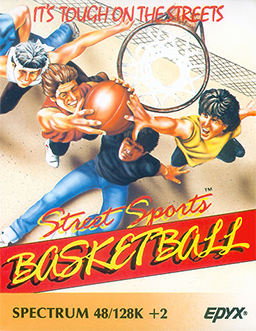
Street Sports Basketball is a 1987 computer basketball game for the IBM PC, Amstrad CPC, Amiga, Apple II, Commodore 64 and ZX Spectrum. It was developed by Epyx and published by U.S. Gold.
Kevin J. Mullen was an American crime writer.

Mindshadow is a 1984 graphic adventure game released for the Amstrad CPC, Apple II, Atari 8-bit computers, Commodore 64, Mac, IBM PC compatibles, ZX Spectrum, and later the Atari ST and Amiga The game was developed by Interplay Productions and published by Activision.

Tank Commander is a video game developed by Big Red Software and published by Domark for DOS.
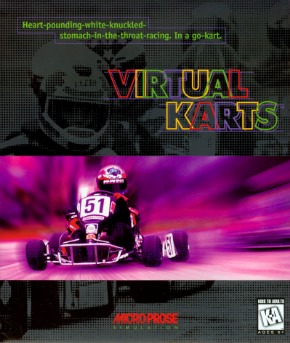
Virtual Karts is a video game developed by MPS Labs and published by MicroProse for DOS in 1995.

Hyper 3-D Pinball is a video game developed by British studio NMS Software and published by Virgin Interactive Entertainment for DOS, PlayStation, and Sega Saturn.

Crystal Caliburn is a 1993 video game by Japanese studio LittleWing and published by StarPlay for Macintosh and Windows; it was later released for Windows Mobile and iOS.

Ringworld: Revenge of the Patriarch is a 1993 video game by Tsunami Games for DOS. It is based on Larry Niven's Ringworld novel series. A sequel, Return to Ringworld, was released in 1994.
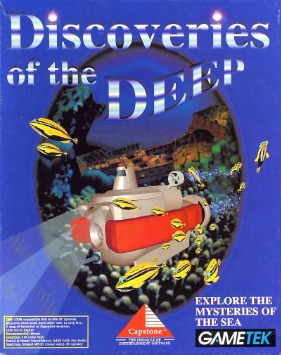
Discoveries of the Deep is a 1993 video game developed by Capstone Software and published by GameTek UK for DOS and Windows.

















